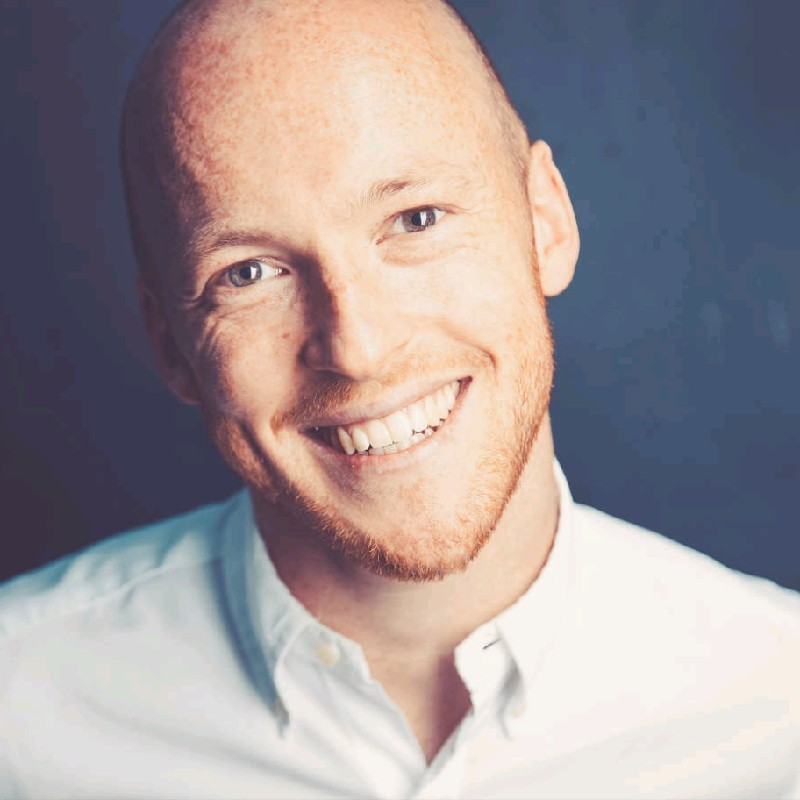The Parkstad Limburg urban region is seizing the unique and extensive transformation task and restructuring in the region to switch from a linear to a circular economy. Parkstad Limburg, located in the southernmost part of the Netherlands, has the ambition to realize a vital and liveable region with a strong economic, physical and social profile, aiming for a level of prosperity and well-being at least the average Dutch level. As a result of this major transformation task, the urban region sees circular construction as a leading part of the step towards a circular economy in Parkstad Limburg.
'The task in the various area developments is central to this; cooperation is therefore not sought on the basis of one specific theme or policy field, but instead there is an integrated and cross-sectoral approach. The circular construction economy serves as a means for the broad prosperity in Parkstad, in which it is of fundamental importance to share the knowledge and expertise gained in all projects and to connect various parties. In addition, knowledge and experience must be safeguarded and valorisation must take place within the programs and area developments in the region (Region Deal, Public Housing Fund, etc.).' says Paul Consten, Sustainability program officer at the city region.
‘For circular construction, it is partly clear what needs to be done, but partly not. For example, it is not yet clear which parties will be able to supply which circular products and services, how the economic management of circular construction will develop, what financial consequences this will have for which chain partners and how and by whom circularity can be made normative. In our region, more than 8,000 homes will be demolished in the coming years and 130,000 square meters of retail and office buildings will be taken off the market. Some 7,500 new homes must also be built. To enable materials from existing buildings to be used in new buildings, a physical infrastructure for circular construction is needed. Basic components of this new physical infrastructure are Refurbishment Hubs (where existing materials and products are given a new shape by repairing and remanufacturing building materials) and a Circular Materials Hub (sale of circular materials).
Urban Mine Park City
Parkstad is working on the implementation of the implementation program on the basis of four pillars. One of those pillars focuses on the Urban Mine Park City. Previous research has revealed which building material streams will be released in Parkstad in the coming years and how much CO2 emissions are trapped in these materials. Excavation and local processing of demolition waste, also referred to as Urban Mining, has the potential to create significant added value. In order to accelerate and scale up, the complex construction chain requires integrated solutions that have sufficient scale to be efficient. To gain insight into the supply and demand of (circular) building materials in the region and which material flows are available, a material passport is already a good example.'
Urban Mining and Digitization
‘With the development of a digital software platform for construction, you not only gain insight into which materials are released at what time, but also where a future destination for demolition materials within or outside the region can be assigned. With the platform you also set up a digital market for trading materials that adds value to the materials that can be harvested during demolition. By developing this, we want to make business cases financially feasible in the future.”
'Mapping the current market situation and obstacles with regard to the supply and demand of building materials from demolition and renovation, and the opening up of this, requires continuous research. In addition, regulations, purchasing rules, ownership, incentives and financial feasibility can be major hurdles to be overcome. To apply circularity in the transformation of the built environment of Parkstad, we have an interest in the further development of projects such as GTB Lab in Heerlen and the European Digital Deconstruction project.'

